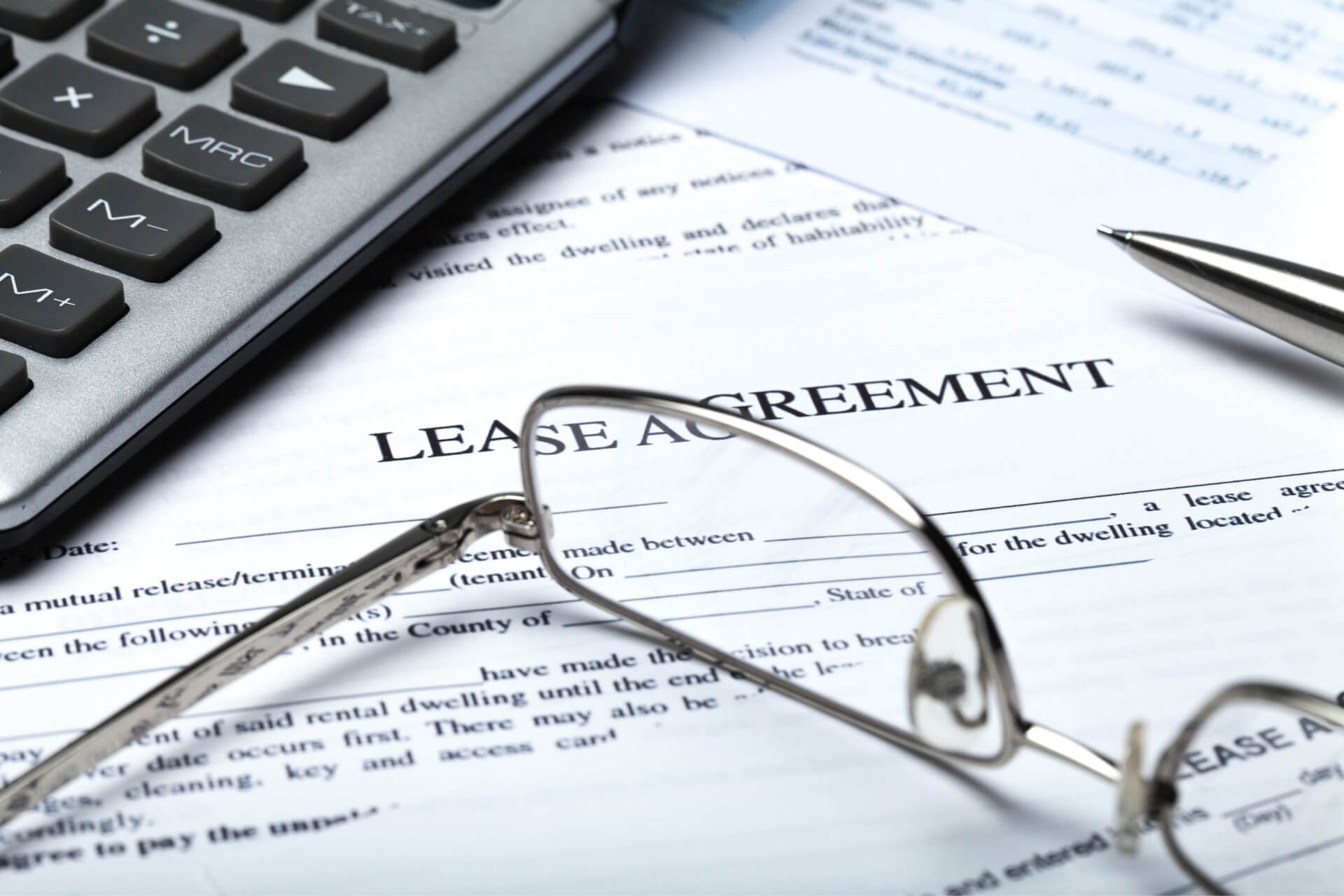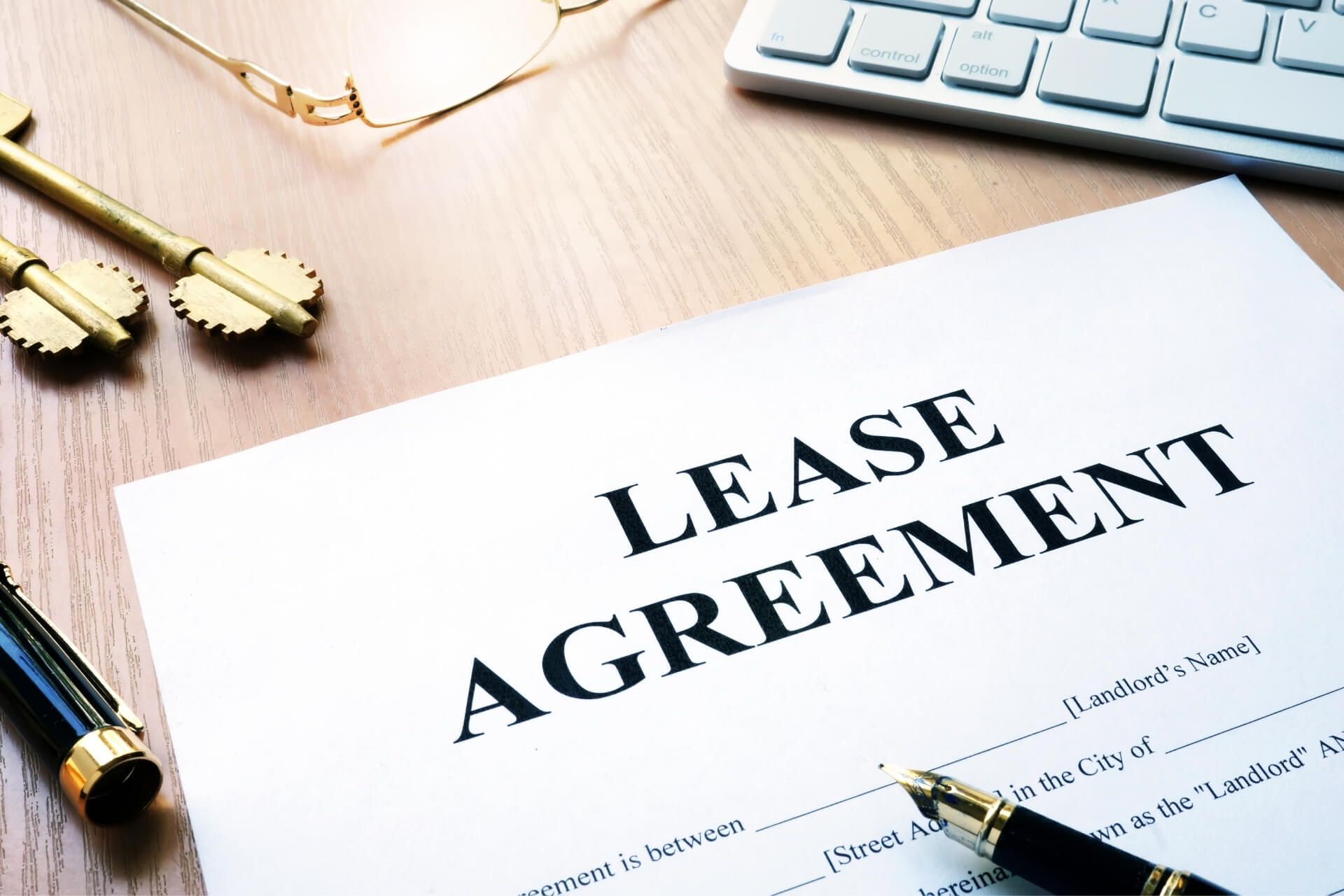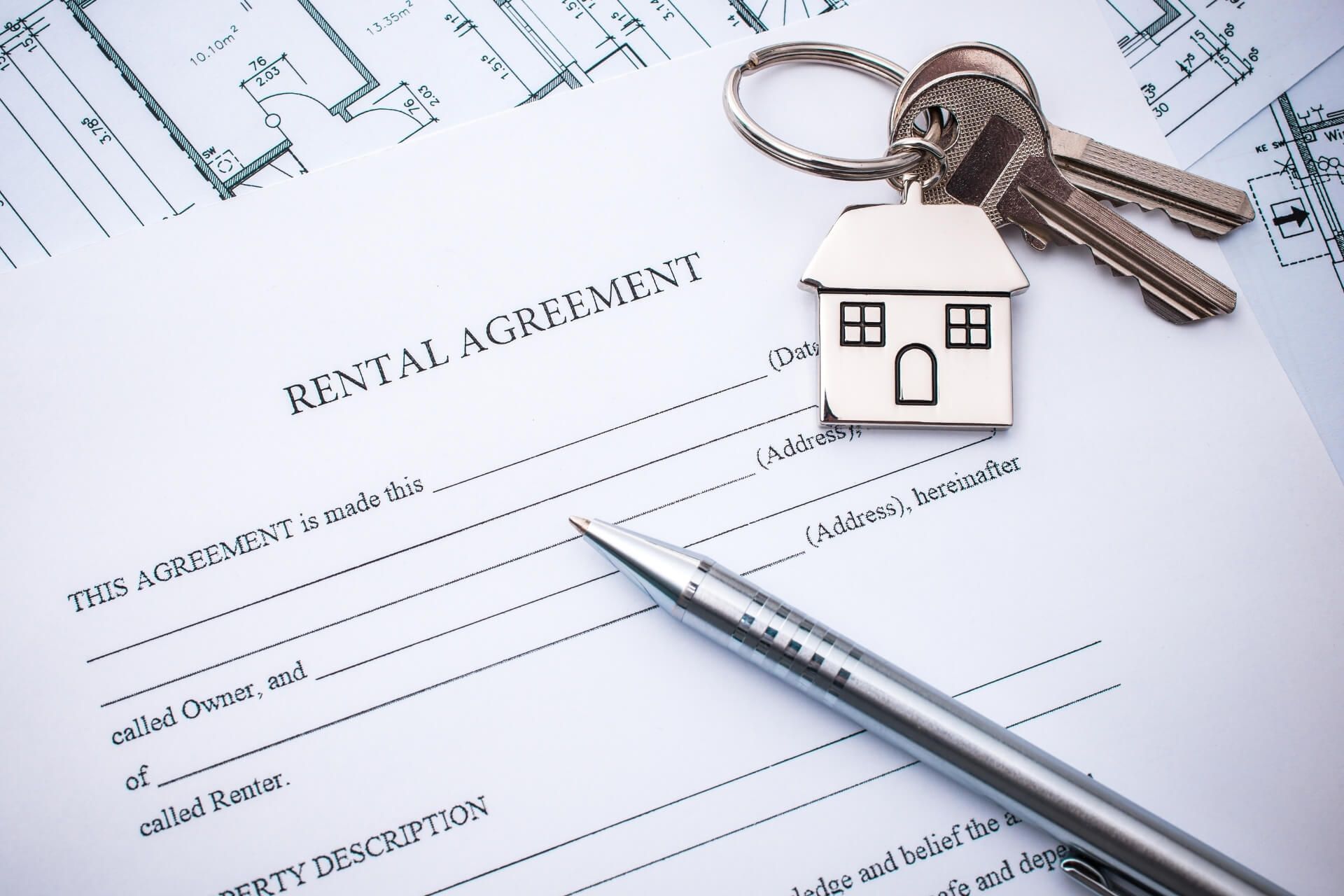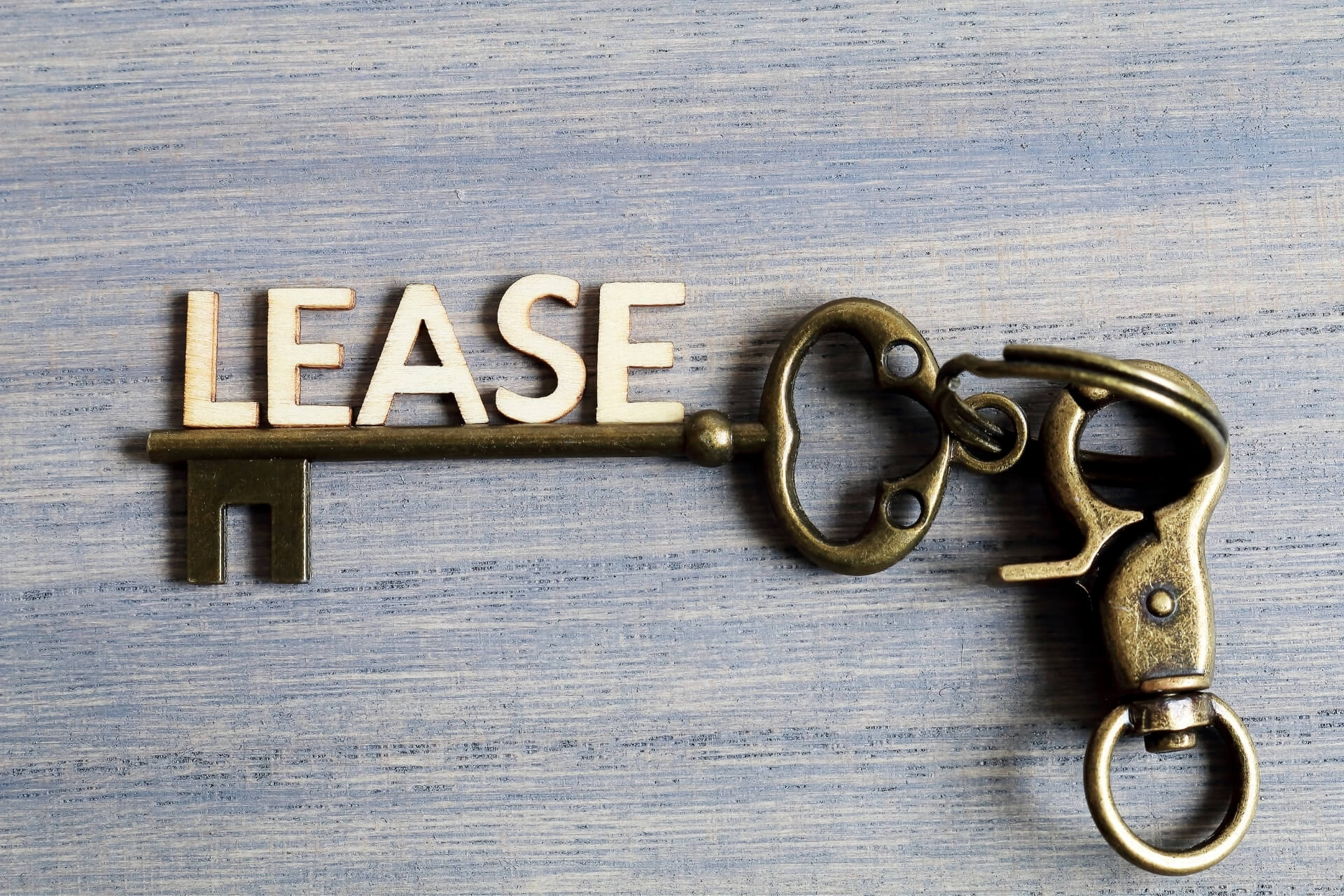If you’ve ever signed or read a lease agreement, there’s a good chance that it had at least one addendum attached to it. What exactly are lease addendums? Lease addendums are an additional clause that’s added to a lease, either at the start or during the lease. Lease addendums can cover pets, alterations to the property like painting, or adding or removing roommates, just to name a few.
Leases sometimes can be written generically to cover a wide range of situations but might not address things well specifically or at all leading to confusion between tenants and landlords. Lease addendums help to add clarity and address the specific needs of the particular property, tenants, or landlord. Some lease addendums can be as simple as modifying the lease end date, for example.
What to include in a lease addendum
If you are writing an addendum to your lease, make sure you include the following to avoid having a judge declare it invalid in court. The lease addendum should have the names of the landlords and tenants, full address for the property, the date the change or addition will be effective, and signatures of the landlord and tenants along with the dates it was signed. In addition, state in clear and concise language, specifically what is being added to the original lease or being modified.
What if multiple lease addendums have conflicting information?
If there is conflicting information in lease addendums, assuming both have the required information, the one that was signed more recently will prevail in court so the effective date of the change and dates it was signed by the parties is important.
Do tenants have to sign lease addendums?
When the lease addendums were part of the original lease when the tenant signed it then not necessarily. If the lease addendums are added later, then both the tenants and landlords are required to sign showing that they agreed to the addition or modification.
Are lease addendums good or bad?
A lease addendum should add clarity or changes to the existing lease so typically it’s considered a good thing. However, if written poorly then it can be frustrating for both parties if the lease addendum doesn’t provide clarity, or worse, makes things more confusing. In situations like this, tenants and landlords are more likely to find themselves in court trying to get a judge to figure out the original intention of the lease addendum.
Consequences for breaking the lease addendum
If the lease addendum calls for one party to act, like make an improvement to the property, there should be a penalty if it doesn’t happen by the deadline specified in the addendum. Otherwise, the party responsible for making the improvement could never do what they’re supposed to do since there was no deadline or consequence if it didn’t happen by a certain deadline.
Avoid wasting time, money, and costly lawsuits with tenants and hire a professional property management company that has leases and addendums that have been attorney reviewed.











